How hardy is southern magnolia, really?
Fori
18 years ago
Featured Answer
Sort by:Oldest
Comments (42)
quirkyquercus
18 years agoEmbothrium
18 years agoRelated Discussions
Southern Magnolia in Chicago???
Comments (57)Thanks. I have a "Brackens Brown" that was planted in Sp 2020 at about 30inches. It produced two spectacular flowers that Spring, one the next year and none in 2022. Some minor leaf drop last year so we will see what happens this winter. I live in Homewood about 13 miles from Lake Michigan. The tree is planted in slight shade facing south west. Mississippi native magnolias grow naturally in shaded woods. Yours has responded well to severe weather considering 2014 and 2019 were among the coldest on record for the Chicago region. . Big leaf and Sweet Bay do well in southeastern Cook County if properly sited but are rarely planted. I have not heard Magnolia grandiflora mentioned in the Chicago area especially about its hardiness. I imagine North Shore communities like Evanston -Lake Forest may have had success. I couild not find it in the Chicago Botanic Garden in Glencoe. Does your tree produce flowers every year or just two flowers per year?...See MoreSouthern Magnolia not looking good after two tough winters
Comments (41)USDA Hardiness Zone temperature spreads are based on averaging, there is no single figure that is representative of any specific zone. Instead, if a temperature occurs within a zone then it is by definition part of those characteristic of that zone. Because that zone is where it happened. So during those infrequent years when we have single digits in my part of Zone 8 we are not having a "Zone 7 winter", we are having part of what is the normal range of occurrence here. With such lows not happening often enough to pull our average outside of the 10-20 degree range. The problem with the shared habit of using the phrase "Zone _ winter" is that it contributes to the widespread misapprehension that representative temperature spreads given for USDA zones are absolute, with all locations mapped in my Zone for instance then never falling below 10 degrees F. And so on through the list of Zones. Resulting in misunderstood tolerance range assessments of individual kinds of plants, something that can matter to anyone dropping hundreds of dollars on plants that turn out not to be in it for the long run later. (Or the short run if a hard winter comes soon after purchase and planting). With the failed planting of the ('Little Gem'?) tree asked about here being an example of such outcomes, because I repeatedly see that cultivar depicted as being hardy to USDA 7. (Then of course there is the matter of what is meant by "hardy to" in any given instance - are they saying it is on the edge of failure there, or that it is completely hardy in a range that includes that zone? With the next coldest zone being the one where the plant is going to be damaged part of the time?)....See MoreWinter hardiness of Southern Magnolia 'Kay Parris'
Comments (29)In addition to photos of both on the web Monrovia has been sending large tubbed 'Kay Parris' to sales yards here where these can be viewed near 'Little Gem' of similar stature. One retailer I frequent had rows of the two selections presented side-by-side last year, enabling easy comparison of foliages and growth habits. 'Little Gem' has been very common here for some time, making its appearance and performance under our conditions - generally similar to those of Britain and Northern Europe - quite familiar. In addition to its small parts it consistently stands out for often being a deeper green than many other southern magnolias are on local soils. My experience with this highly popular item includes viewing one in a southern California garden center compound that appeared to be about 42 ft. tall. Personnel on hand reported that a mucky muck from Monrovia - who markets it as "dwarf" - had told them such height was most unusual for this plant. Yet my recollection of the illustrated Magnolia Society account of the original variant showed and described a tall narrow column. (College libraries housing complete sets of this journal will have the relevant issue, published some years ago now). Of those that are currently in general commerce my preference is for 'Bracken's Brown Beauty', due to its comparatively normal looking - as in less magnolia-like - foliage and habit....See MoreSouthern Magnolia Seedlings - how fast do they grow?
Comments (4)You can certainly containerize them in the short term for a few years. But I am not sure of your goals. Are you planning on keeping some containerized and planting the rest..., in your area (Chicago)? You are liable to hear multiple accounts regarding growth RATE as it would vary depending on...., soil conditions, CLIMATE (temps and rainfall), etc. I have not grown mine from seed but from small trees...., in NJ,...in Zone 7, in the GROUND, etc. If you are growing them in containers in less than optimal conditions, they are not going to grow as fast. I planted several of mine in 2009 from trees that were around two feet tall. The pics below are from a few years ago..., they are now up to the attic level of the house. I would not say that is SLOW!...See Morelucky_p
18 years agoFori
18 years agoquirkyquercus
18 years agopicea
18 years agoEmbothrium
18 years agocacau
18 years agoFori
18 years agoquirkyquercus
18 years agoEmbothrium
18 years agotree_oracle
18 years agopicea
18 years agopaulkramer
17 years agomidwestjeff
17 years agopicea
17 years agomidwestjeff
17 years agomidwestjeff
17 years agotennesseestorm
17 years agoLoretta NJ Z6
17 years agonick363
17 years agotennesseestorm
17 years agonick363
17 years agotennesseestorm
17 years agonick363
17 years agojqpublic
17 years agocrunchpa
17 years agobed24
17 years agoDave in NoVA • N. Virginia • zone 7A
17 years agokrazyaroider
17 years agoFori
17 years agotennesseestorm
16 years agokrazyaroider
16 years agotennesseestorm
16 years agoabercrombie4me03
16 years agojqpublic
16 years agokman04
16 years agoshortleaf2002
16 years agopteroceltis
16 years agotennesseestorm
16 years agotheyardman
14 years ago
Related Stories

TREESGreat Design Plant: Southern Magnolia, Iconic U.S. Native
Massive, fragrant blooms and deep green leaves set Magnolia grandiflora apart from other large shade trees
Full Story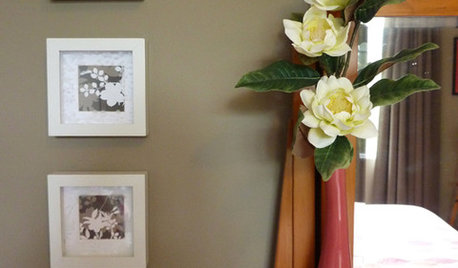
Magnolia Magic Breezes Into the Home
Real or not, the leaves and blossoms of this Southern tree infuse any room with gracious charm
Full Story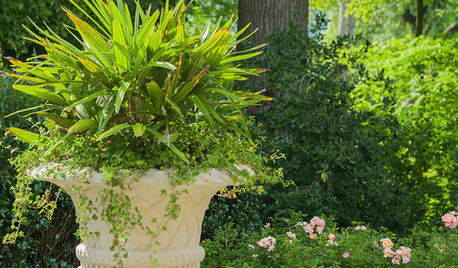
FLOWERS AND PLANTSNeedle Palm Brings Unique Texture to the Southern Woodland Garden
This sprawling, resilient palm can be used in many ways
Full Story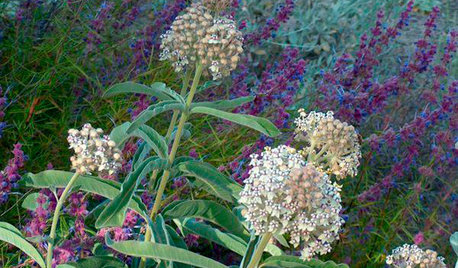
GARDENING GUIDES10 Top Native Plants for Southern California Gardens
Enjoy a fuss-free, water-wise garden by growing plants naturally in tune with the climate and wildlife of Southern California
Full Story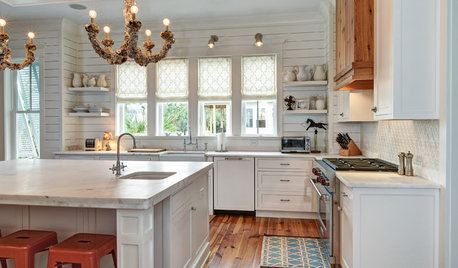
KITCHEN DESIGNKitchen of the Week: Classic Style for a Southern Belle
Marble counters, white finishes and even a pair of chandeliers give this South Carolina kitchen a timeless feel
Full Story
INSPIRING GARDENSNative Plants Bring 10 Southern California Front-Yard Gardens to Life
Rare plants, rain gardens and wildlife habitats are just a few of the features showcased on the 2016 Theodore Payne Native Plant Garden Tour
Full Story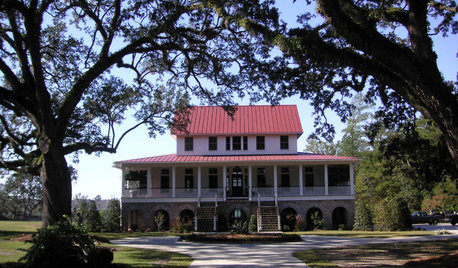
Sixties Southern Style: Inspiration from 'The Help'
Oscar-nominated movie's sets include formal entertaining spaces, front porch breezes and lots of florals
Full Story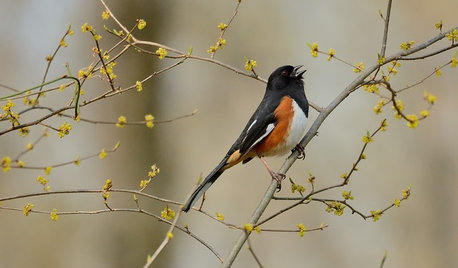
GARDENING GUIDES10 Standout Native Shrubs and Small Palms for Southern Gardens
These hardworking plants serve a variety of purposes, such as screening views and attracting native wildlife
Full Story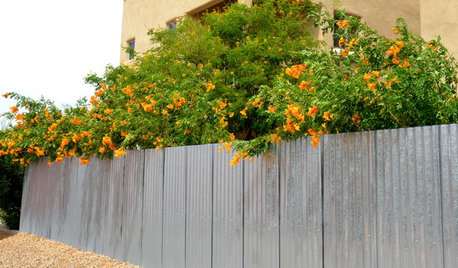
FLOWERS AND PLANTSTecoma x ‘Orange Jubilee’ Enlivens Southern Gardens
Masses of orange trumpet-shaped flowers decorate this tall shrub, attracting hummingbirds from near and far
Full Story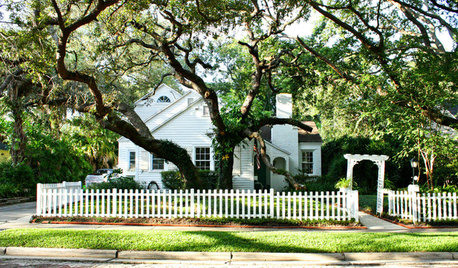
TREESGreat Design Plant: Southern Live Oak Offers an Unbeatable Canopy
Keep it dense or prune it for more light. No matter how you grow Quercus virginiana, it’s a majestic addition to its native landscape
Full Story





tree_oracle